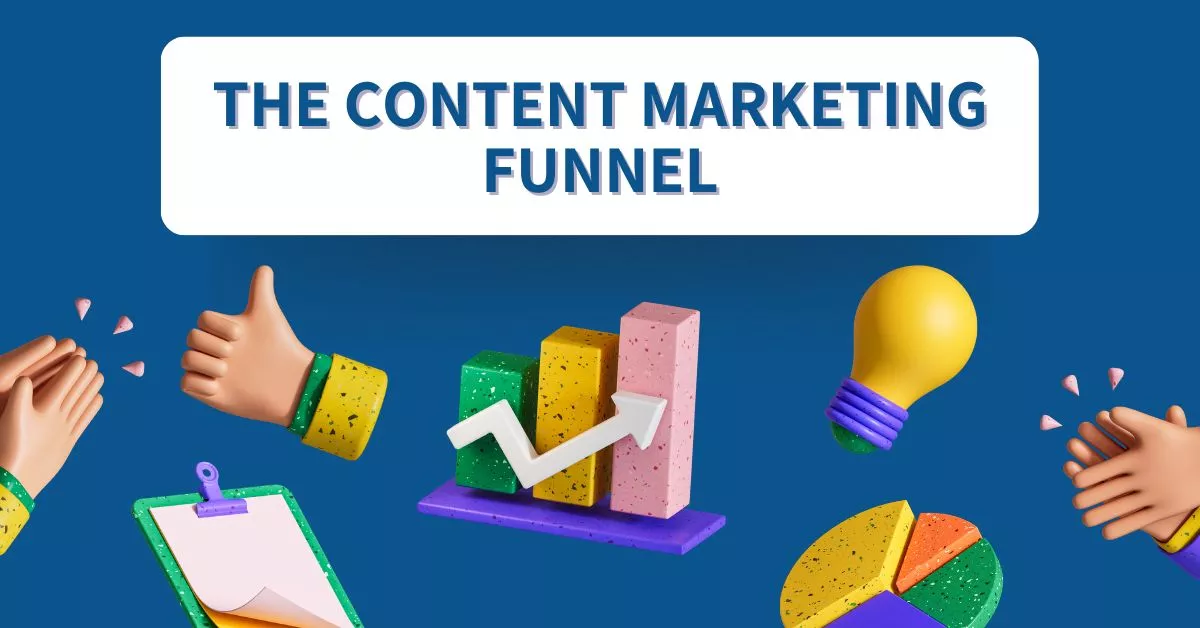In today’s digital landscape, content marketing has become an essential tool for businesses of all sizes. It’s a strategic approach to creating and distributing valuable, relevant, and consistent content to attract and retain a clearly defined audience – ultimately, to drive profitable customer action.
The content marketing funnel is a framework that outlines the three key stages of this process: Attract, Engage, and Convert.

Stage 1: Attract
The first stage in the content marketing funnel is to attract potential customers to your brand. This involves creating content that is relevant to their interests and needs. You can do this by:
- Developing buyer personas: Creating detailed profiles of your ideal customers to understand their needs, interests, and pain points.
- Conducting keyword research: Identifying the keywords that your target audience is using to search for information online.
- Producing high-quality content: Creating informative and engaging content that will attract visitors to your website or blog.
- Promoting your content: Using social media, email marketing, and other channels to promote your content and reach a wider audience.
Stage 2: Engage
Once you have attracted potential customers to your brand, the next step is to engage them with your content. This means creating content that is interactive, informative, and valuable. You can do this by:
- Creating different types of content: Using a variety of content formats, such as blog posts, articles, infographics, videos, and social media posts.
- Encouraging interaction: Asking questions, responding to comments, and hosting live chats to encourage interaction with your audience.
- Building relationships: Nurturing relationships with your audience by providing them with valuable content and building trust.
Stage 3: Convert
The final stage in the content marketing funnel is to convert your engaged audience into customers. This means creating content that is persuasive and drives action. You can do this by:
- Creating calls to action: Clearly telling your audience what you want them to do, such as signing up for a newsletter, downloading a whitepaper, or making a purchase.
- Offering incentives: Providing something of value, such as a free ebook or discount, to encourage people to take action.
- Tracking your results: Using analytics tools to track your progress and make data-driven decisions about your content marketing strategy.
By following these three stages, you can create a content marketing strategy that will help you attract, engage, and convert your audience into loyal customers.
Additional tips for creating a successful content marketing strategy:
- Be consistent: Publish content regularly to keep your audience engaged.
- Be patient: It takes time to build a successful content marketing strategy.
- Be measurable: Track your results to see what’s working and what’s not.

Content marketing is a powerful tool that can help you achieve your business goals. By following the three stages of the content marketing funnel, you can create a strategy that will attract, engage, and convert your audience into loyal customers.










